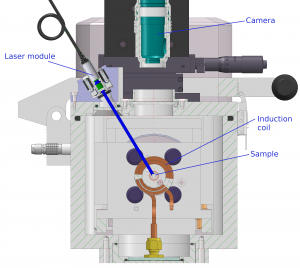Determination of conversion temperatures of steel samples with the help of laser speckles
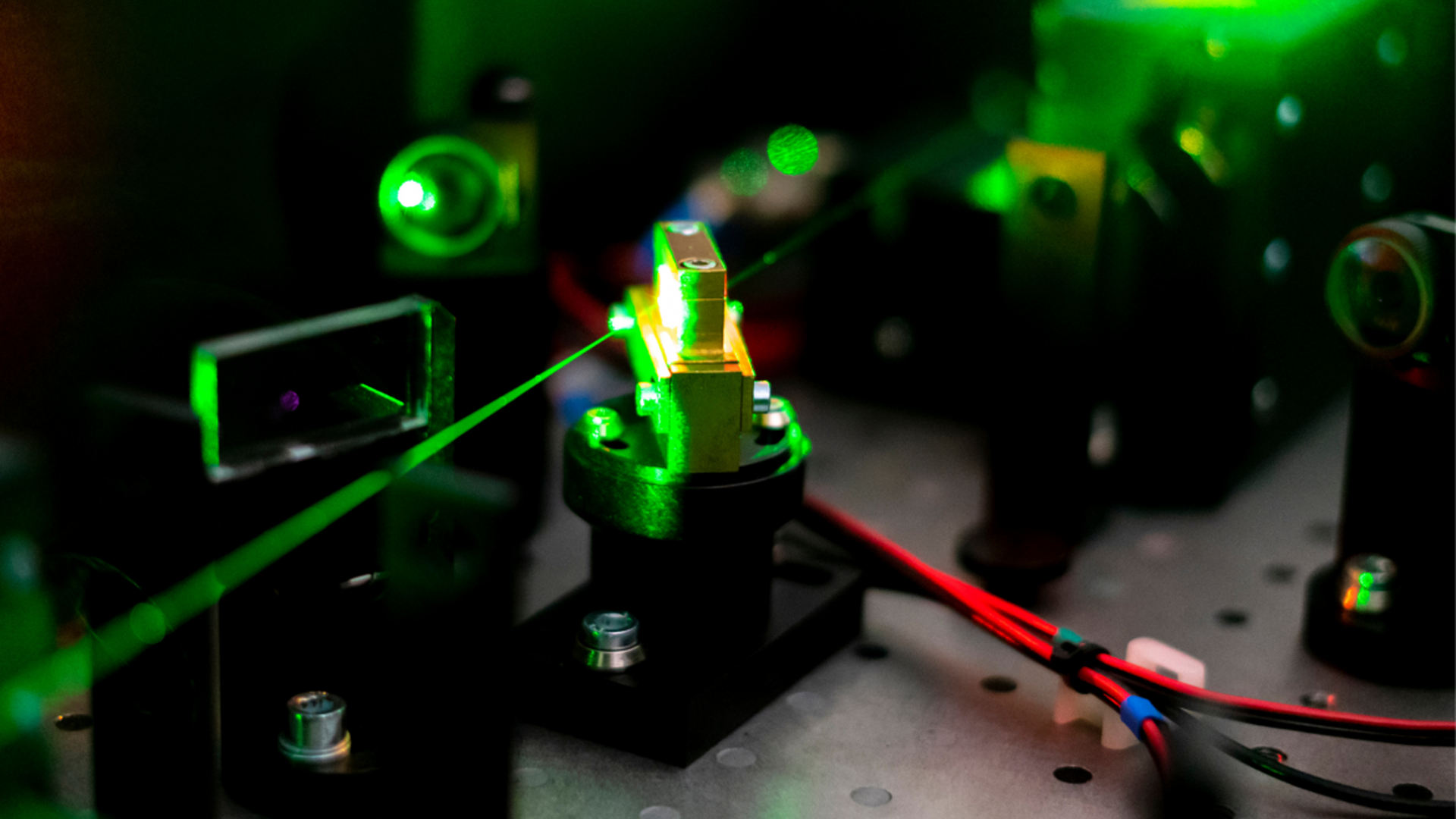
Determination of conversion temperatures of steel samples with the help of laser speckles
Measuring the temperature dependent change in length can be used to determine the temperature at which a structural transformation takes place in steel samples. With the laser speckles method, the sample surface is illuminated a laser and observed from above with a camera. At the same time, the sample is heated with the help of an induction coil. To filter the heat radiation and the light that emitted from glowing sample, a blue laser is used and appropriate filters are attached in front of the camera.
Schematic of the setup
Measurment
During the measurement, the sample is heated inductively and at the same time the speckle patterns generated by the laser are observed with the camera. Depending on the speed of the measurement, up to 50 frames per second can be recorded.
Evaluation
The camera generates sequences of images like this:
Since the speckles are mainly generated by interference effects on surface unevenness on the sample, the movement of the speckles on the surface can be measured by tracking user –definable areas. A special algorithm based on a cross-correclation of two consecutive images determines the movement of the areas in the image. The size and position of the areas is user-definable. Additional to tracking the total distance of the areas the tracking direction can be constrained to vertical and horizontal directioin.
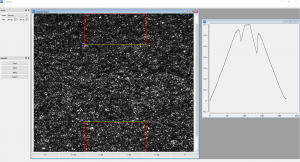
This allows for measuring anisotropic expansion behavior of samples. The measured expansion is independent from pushrod expansion. A big advantage compared to the LVDT measurement is, that the temperature over the small area recorded by the camera is distributed much more homogeneously than over the entire sample length. So microstructural transitions can be seen more clearly than with the LVDT.
Comparison to push rod measurement
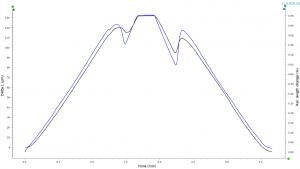 This image shows the measuring signal of the LVDT in X-direction (black) and the measuring signal of the speckles-camera in Y-direction (blue). Start and finish points of phase transitions can be observed more clearly.
This image shows the measuring signal of the LVDT in X-direction (black) and the measuring signal of the speckles-camera in Y-direction (blue). Start and finish points of phase transitions can be observed more clearly.
Measuring a tensile sample
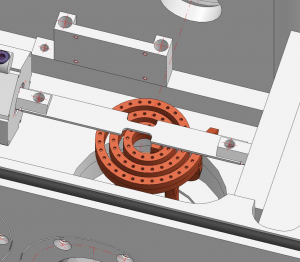
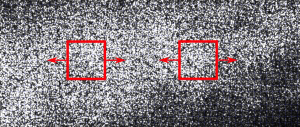
For tensile samples, the expansion measurement can be done by defining several independent regions. It is possible to track these regions to measure the expansion between these points in axial direction.

